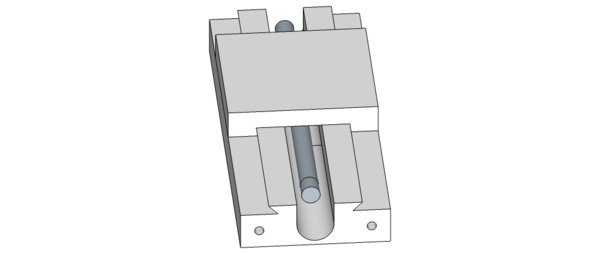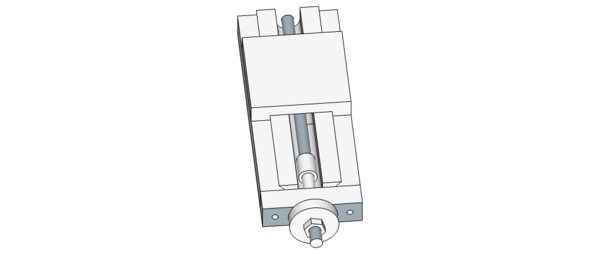- Joined
- Oct 31, 2016
- Messages
- 2,720
Was looking at my Craftsman 12x36 lathe this morning and found that I have access on the backside to the end of the cross slide screw. I am going to try to make a mandrel that screws onto the cross slide screw that I can then attach different size wheels to. In stead of using wire I am going to use small diameter line used on boats. These lines are stronger than steel with less stretch and are designed to go around sheaves in blocks. I am going to make the wheels wider and try to create a threaded surface so the lines don't tend to cross over each other. The line will wrap around the wheel two times. With all the other projects and stuff I have going on it is going to be several weeks or longer before I can get this done. I'll take pictures and do a complete report when I get it finished.


